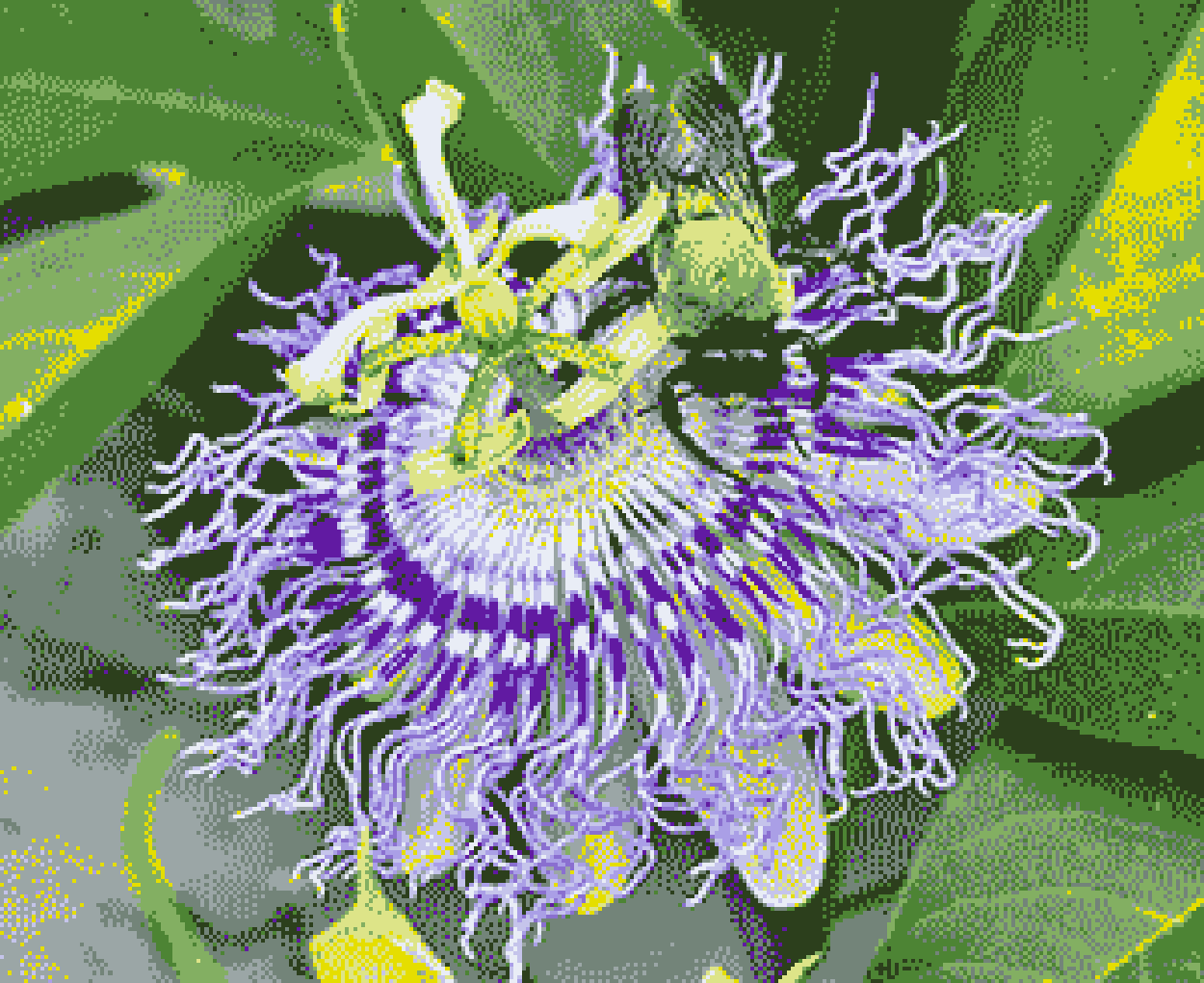Scourged and Sweet
On the baroque symbolism of native wildflowers
News and Sundry
Susan Curtis, translator and publisher of the translation-focused press, Istros Books, has a short but provocative editorial in Book Bruch about “AI” literary translation. Like me, Curtis was skeptical of the technology until she tested it out on difficult translation problems. I’ll have some further thoughts on the piece soon, but in the meantime I recommend you read it for yourself, regardless of what your stance on “AI” is.
Israel Bonilla, whose Phoretics pamphlet is still available through Paradise Editions, has a new short lyric poem out through the excellent RIC Journal. “Mundus” showcases the elevated language and philosophical acumen that make Israel a favorite writer of mine.
Scourged and Sweet
Still feeling low from a recent bout of kidney stones, I arrived back in Philadelphia to see my passion flower vines in full bloom. For those unfamiliar with the fruit, at least unfamiliar outside of the expensive part of the produce section, there are quite a few varieties native to North America and a few to Pennsylvania specifically, which roughly form the northeasternmost limit of the Passiflora genus. The clayey sunbaked front garden, choked with exhaust from passing muscle cars, furnishes good habitat for the “maypop” or Passiflora incarnata and the insectoid life that congregates around it.
One of the last native plants to grow and flower during the summer, I purchased my maypop plants well past the month of May, in late June actually, when the vines were barely peeking out of the soil in those plastic half-gallon nursery pots. The common name “may” derive from the soft, inflated texture of the fruits, which “may pop” when handled; but that’s speculative. Plant-words, like food-words and drug-words, tend to be mysterious in their origins.
Despite the ornate beauty of the flowers, maypop is a rather simple, cornpone name, evincing a Protestant utilitarianism, which suits it as the state wildflower of Tennessee. The name Passiflora, for a genus with largely neotropical distribution, was purportedly given by Spanish missionaries in the 15th and 16th centuries and refers to the passion of Jesus. Before looking up that derivation, I vaguely recalled that this was from the three stamens resembling the three nails driven into Christ as he was crucified, but I was unaware of how comprehensively baroque the symbolism was. The Wikipedia subentry on it deserves to be excerpted in full:
The pointed tips of the leaves were taken to represent the Holy Lance.
The tendrils represent the whips used in the flagellation of Christ.
The ten petals and sepals represent the ten faithful apostles (excluding St. Peter, who denied Jesus three times, and Judas Iscariot, who betrayed him).
The flower's radial filaments, which can number more than a hundred and vary from flower to flower, represent the crown of thorns.
The chalice-shaped ovary with its receptacle represents the Holy Grail.
The three stigmas represent three nails and the five anthers below them five hammers or five wounds (four by the nails and one by the lance).
The blue and white colors of many species' flowers represent Heaven and Purity.
In addition, the flower is open for three days, symbolising the three years of Jesus' ministry.
Seemingly unaware of their theological significance, native pollinators flock to the maypop flowers, even on a loud and dirty street like mine. Eastern carpenter bees (Xylocopa virginica) are exceptionally fond of the flowers. I’ve never seen them in my neighborhood before, so even if the edible maypop fruits end up being mediocre, I count my planting them as a win, based on floristic spectacle and urban ecology. But there are other attractive qualities to the plant. The nectar of passion flowers can ferment, and the pollen and foliage contain several psychoactive substances. The Houma and Cherokee traditionally used the leaves and roots as a sedative. This pharmacology is apparent from the drunken behavior of the bees. When they feed, they lurch and wobble and sometimes fall off the flowers completely. I get where they’re coming from. Chordates and arthropods split up almost three-quarters of a billion years ago, for almost the whole time complex life has been on Earth, but even still, as I watch these tiny reprobates, I can understand a little bit of what it’s like to be a bee.


